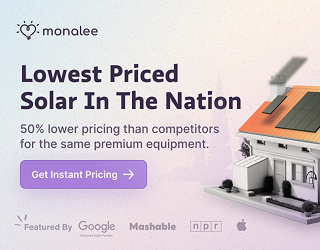Tesla Model 3 V3 Supercharging Times: 2% To 100% State of Charge (Video)
VegasModel3 posted a video that answers the most asked EV question I’ve encountered. Although, the answer to this question is particular to the Tesla Model 3. It won’t answer the question for all EVs. That question is typically the beginning question before someone delves further into the world of electric cars.
So, just how fast can a Model 3 charge?
The video captures the whole scope of charging from the lowest ebb of a battery on its last bit of charge until it is fully charged. In particular, it covers a Tesla Model 3 Long Range at a 250 kW max Supercharger. The driver notes that the Model 3 is super energy efficient, so driving fast to use up the battery was deliberate for the timed test.
The charge starts with the battery at 2% SoC (state of charge) and goes to 97% SoC, just about a perfectly full charge. In this case, 2% S0C is 6 miles of driving range.
This Tesla Supercharger V3 station, located at the LINQ hotel in Las Vegas, NV, has a nice setup to keep ICE-ers out. The Supercharger location is blocked until the driver enters the code that is shown on the Tesla vehicle’s center touchscreen. Teslas can charge for free for an hour. After that, a fee begins. Typically, there’s no need for the car to stay longer.
Tesla’s V3 Superchargers (up to 250 kW) ideally add 1,000 miles (~1,600 km) of range per hour (but only for a few moments) to Model 3 vehicles. VegasModel3 relays, “Today I ran a test to see how long it will take to go from 2% state of charge all the way to 100%. I almost made it before my 1-hour parking pass was about to expire. From 2% to 50% this Supercharger is fast!”
VegasModel3 timestamps the flow for viewers:
- Raiders Stadium — 1:04
- Entrance to Supercharger — 1:46
- Supercharger Cabinets — 3:50
- Starting to Charge — 5:18
- 250 kW — 6:45
- 50% state of charge — 9:19
- 80% state of charge — 11:15
- 90% state of charge — 12:56
If you park and leave your EV charging, its charged by the time you’re back from shopping, walking, or eating. If you sit in the EV waiting patiently on your iPhone or iPad, it’s done charging before you know it. The lower the battery charge, the quicker it appears to replenish. That is, until the battery reaches 80%, or especially 90%. That last 10% of range can seem slower to recharge than the entire 50% or 80% before it.
Table of Model 3 Supercharging time, speed and state-of-charge on a V3 Supercharger (Source: X Auto)
It’s better not to go all the way to a full 100% charge anyway.
